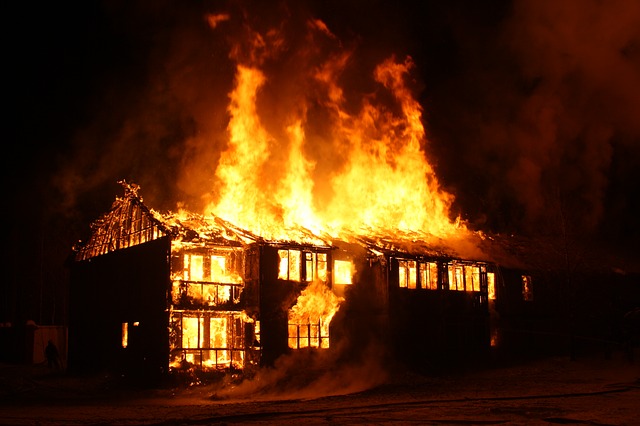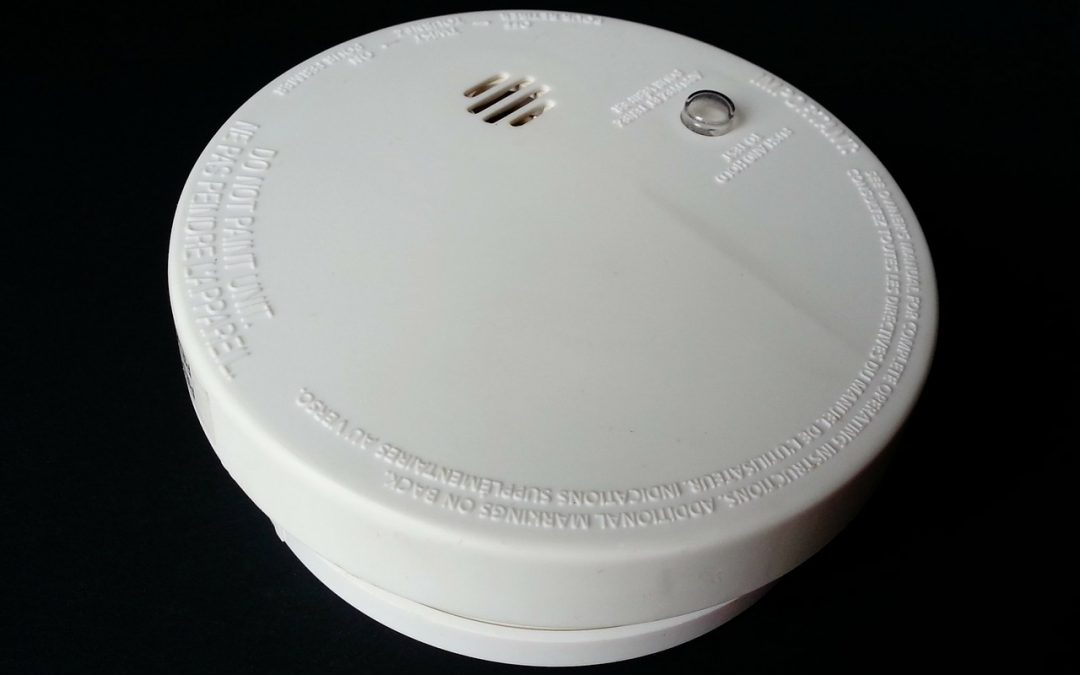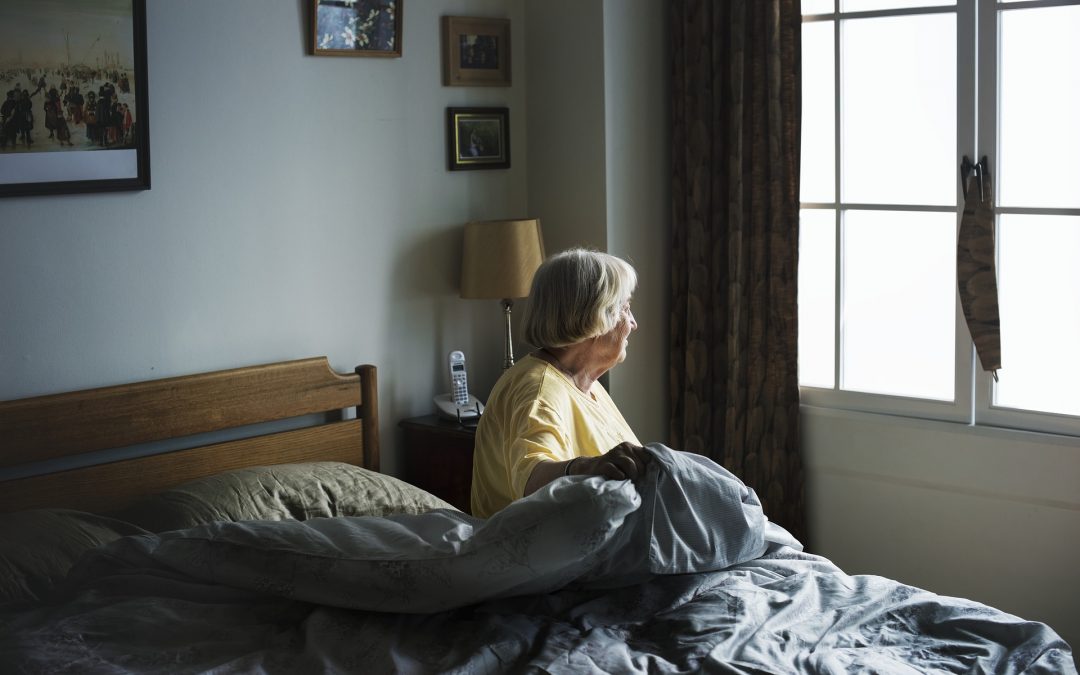
Jan 4, 2020 | Safety
Basements and every sleeping room should have at least one operable emergency escape and rescue opening that opens directly onto a public street, public alley, yard or court. This standard is required because many deaths and injuries happen when occupants are asleep...

Aug 10, 2019 | Safety
Carbon monoxide (CO) is a colorless, odorless, poisonous gas that forms from incomplete combustion of fuels, such as natural or liquefied petroleum gas, oil, wood or coal. Facts and Figures Each year in the U.S., approximately 500 deaths are caused by non-fire-related...

Aug 10, 2019 | Safety
Smoke alarms, also known as smoke detectors, are devices that detect smoke and issue an audible and/or a visual signal to alert residents to a potential fire. Facts and Figures According to the Consumer Product Safety Commission: Although most newer homes have smoke...

Jul 4, 2019 | Safety
Each year, hundreds of young children die and thousands come close to death due to submersion in residential swimming pools. Clearly, we need to do all we can to enhance swimming pool safety. The Consumer Product Safety Commission (CPSC) has estimated that each year,...

Jul 4, 2019 | Safety
“Aging in place” is the phenomenon describing senior citizens’ ability to live independently in their homes for as long as possible. Those who age in place will not have to move from their present residence in order to secure necessary support...

Jul 4, 2019 | Safety
House numbers serve a critical function for emergency personnel, so homeowners should make sure that they’re clearly displayed. House numbers should be clear enough so that police, the fire department, paramedics, etc., can quickly locate properties in an emergency....








Recent Comments